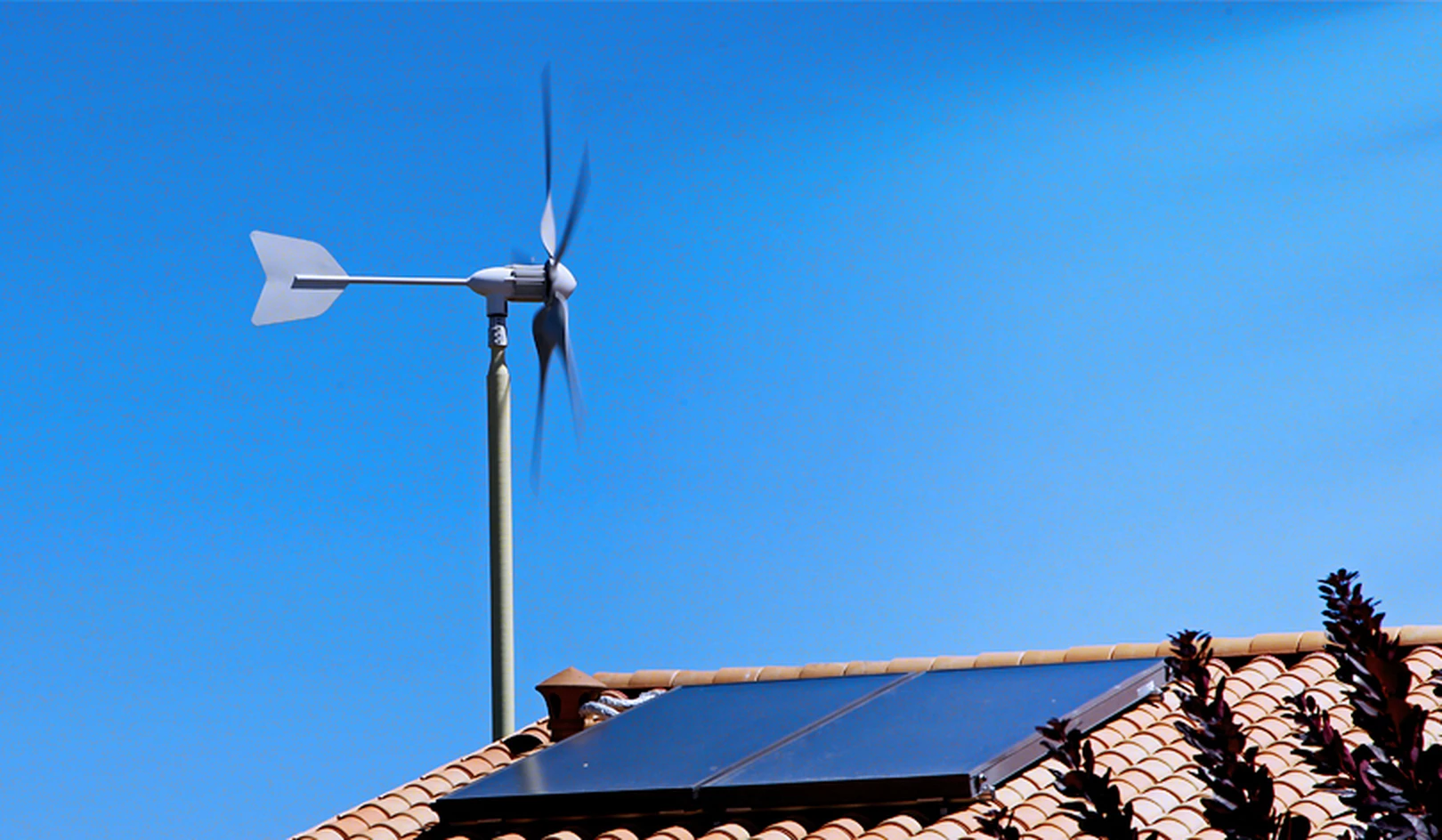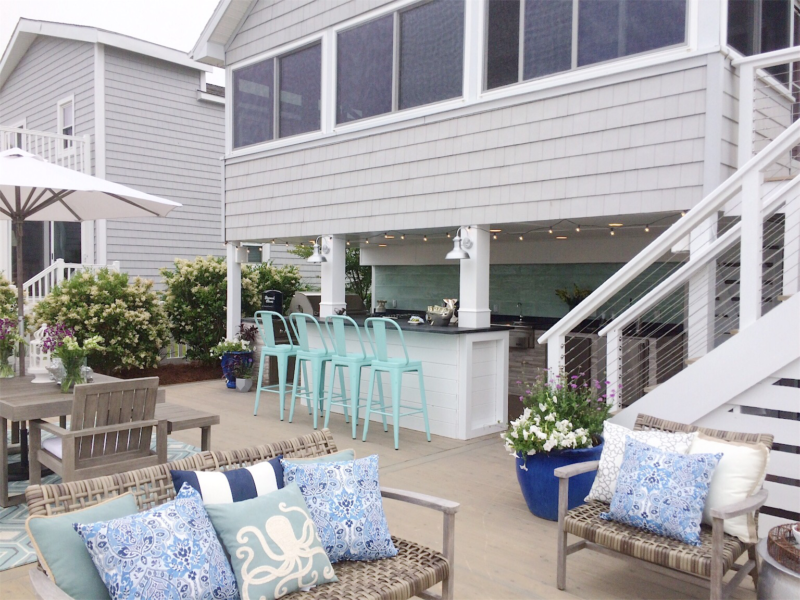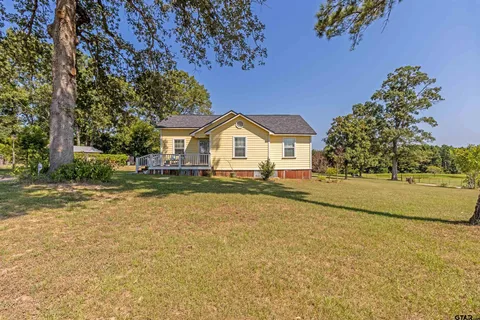Wind Turbine for Home: A Smart Guide to Residential Wind Power

As energy costs rise and environmental awareness grows, many homeowners are turning to renewable solutions like a wind turbine for home use. Small-scale wind turbines offer a clean, sustainable way to generate electricity, especially for properties with adequate wind exposure. Whether you’re off the grid or supplementing your current energy usage, installing a residential wind turbine can reduce your utility bills and carbon footprint.
In this comprehensive guide, we’ll break down everything you need to know about using a wind turbine for home energy—from how it works and how much it costs, to installation tips and top brands. By the end, you’ll be better equipped to decide if a wind turbine is a smart investment for your household.
How Does a Home Wind Turbine Work?
Basic Components
- Blades: Capture wind energy and convert it into rotational energy
- Rotor: Connects blades and spins with wind flow
- Generator: Converts rotation into electricity
- Tower: Elevates the turbine to access stronger, steadier winds
- Inverter: Converts DC electricity into AC for home use
Types of Home Wind Turbines
- Horizontal-Axis Wind Turbines (HAWTs)
- Most common and efficient
- Require higher wind speeds and taller towers
- Vertical-Axis Wind Turbines (VAWTs)
- Easier to install and maintain
- Perform better in turbulent winds but are less efficient overall
Benefits of Installing a Wind Turbine at Home
1. Lower Energy Bills
- Depending on your wind speed and turbine size, you could offset 50–90% of your monthly electricity usage.
2. Energy Independence
- Useful for remote areas or homes prone to outages
- Combine with solar panels for hybrid off-grid systems
3. Environmental Impact
- Wind energy is 100% renewable
- Produces zero emissions or pollutants during operation
4. Financial Incentives
- Federal tax credits (up to 30%) for renewable energy systems
- Local rebates and net metering policies may apply
Is Your Property Suitable for a Wind Turbine?
Wind Speed Requirements
- Ideal average wind speed: 10–20 mph (4.5–9 m/s)
- Use an anemometer or consult wind maps to determine suitability
Zoning and Permits
- Check local laws and HOA restrictions
- Permits are often required for towers over 30–35 feet tall
Space and Installation
- Minimum of 1 acre of open land is recommended
- Avoid obstructions like trees, buildings, or hills
How Much Does a Home Wind Turbine Cost?
Initial Installation Costs
| System Size | Capacity | Estimated Cost |
|---|---|---|
| Small (400–1,000W) | Basic uses like RVs or lights | $1,000–$3,000 |
| Medium (1–10 kW) | Average home | $10,000–$60,000 |
| Large (10–20 kW) | High energy use/off-grid | $50,000+ |
Tip: A typical 5 kW system can cost around $30,000–$45,000 before incentives.
Ongoing Maintenance
- Routine maintenance: ~$100–$300/year
- Lifespan: 20–25 years with proper care
Top Home Wind Turbine Brands (2025)
1. Primus Wind Power – Air 40
- Good for low-wind areas
- Lightweight and easy to install
- Ideal for cabins and small systems
2. Bergey Excel 6 or 10
- Designed for residential-scale energy
- Durable, long-term investment
- Certified and grid-tie capable
3. Missouri Wind and Solar Freedom II
- Affordable and customizable
- Works well in hybrid solar-wind setups
4. Tumo-Int 2000W Wind Generator
- Budget-friendly
- Ideal for backup power or remote areas
Wind Turbine vs. Solar Panels for Home Use
| Feature | Wind Turbine | Solar Panel |
|---|---|---|
| Energy Source | Wind | Sunlight |
| Best Location | Open, windy areas | Sunny, south-facing rooftops |
| Cost (Avg. Home) | $30,000+ | $15,000–$25,000 |
| Maintenance | Moderate | Low |
| Output Consistency | Variable | Predictable during daylight |
Verdict: Many homeowners use both to complement each other—wind at night and solar during the day.
FAQs About Wind Turbines for Home
How much energy can a home wind turbine produce?
- A 5 kW system can generate 8,000–12,000 kWh annually, depending on wind speed—enough to cover most household needs.
Do wind turbines make noise?
- Modern models are quieter, averaging 40–60 decibels (about the sound of a refrigerator).
Are they safe for birds and wildlife?
- Small-scale turbines have a much lower impact than large commercial ones, especially when installed correctly.
Can I go off-grid with a wind turbine alone?
- Possibly, but most homes combine wind with solar and battery storage for reliability.
How to Get Started with a Home Wind Turbine
- Evaluate Your Site
- Measure wind speed and assess space
- Check Regulations
- Contact local zoning boards and utility providers
- Choose the Right System Size
- Based on your monthly kWh usage
- Compare Installers and Brands
- Ask for certified installers and warranty info
- Apply for Incentives
- Federal tax credit, local utility rebates, net metering
Conclusion
Investing in a wind turbine for home use is a forward-thinking step toward energy independence, sustainability, and long-term savings. While not suitable for every home, wind turbines offer substantial benefits for properties with the right conditions. From choosing the right model to securing incentives, understanding the full picture helps ensure a successful installation.




